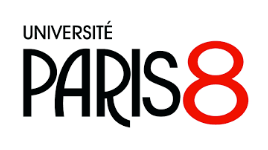16h00
Pouchet, 59 rue Pouchet, 75017, salle 159 (accès/ map) & zoom
retour à la page du Séminaire Grammaires créoles
Patricia Cabredo Hofherr (UMR 7023, CNRS & Paris 8)
Three causative auxiliaries in Haitian Creole and types of causation
Causal constructions express causal relationships between two events. Causal connections can be of different types, including factitive (make X V), permissive (let X V) among others (see Nadathur & Lauer 2020 for references and discussion). The present study contrasts three causative auxiliaries from Haitian Creole fè `make’ (1a), kite `let, allow’ (1b) and ba(y) `give’ (1c).
(1) a. Manman mwen fè Rito fouye twou a
mother 1SG make R. dig hole DET
‘My mother made Rito dig the hole.’ (Govain 2022:38, ex 4b)
b. M kite timoun nan jwe ak chat la
1SG let child DET play with cat DET
‘I let the child play with the cat.’
c. Jan bay Mari kondwi vwati a.
Jean give Marie drive car DET
‘Jean invited Mari to drive the car.’ (Glaude 2012:170, ex 21b)
I will show that the causative with bay `give’ expresses a relationship of causative invitations contrasting with both factitive (fè) and permissive (kite) causatives. In causative invitations the embedded predicate has to describe an action under the causee’s control and at the same time the action of the causee is part of an interaction with the causer. The causative invitation reading is translated here by invite, however, unlike the English verb invite causative bay is factitive: in the perfective past the bay causative entails that the action was accomplished; an example like I invited John to sing but he declined is impossible with causative bay.



